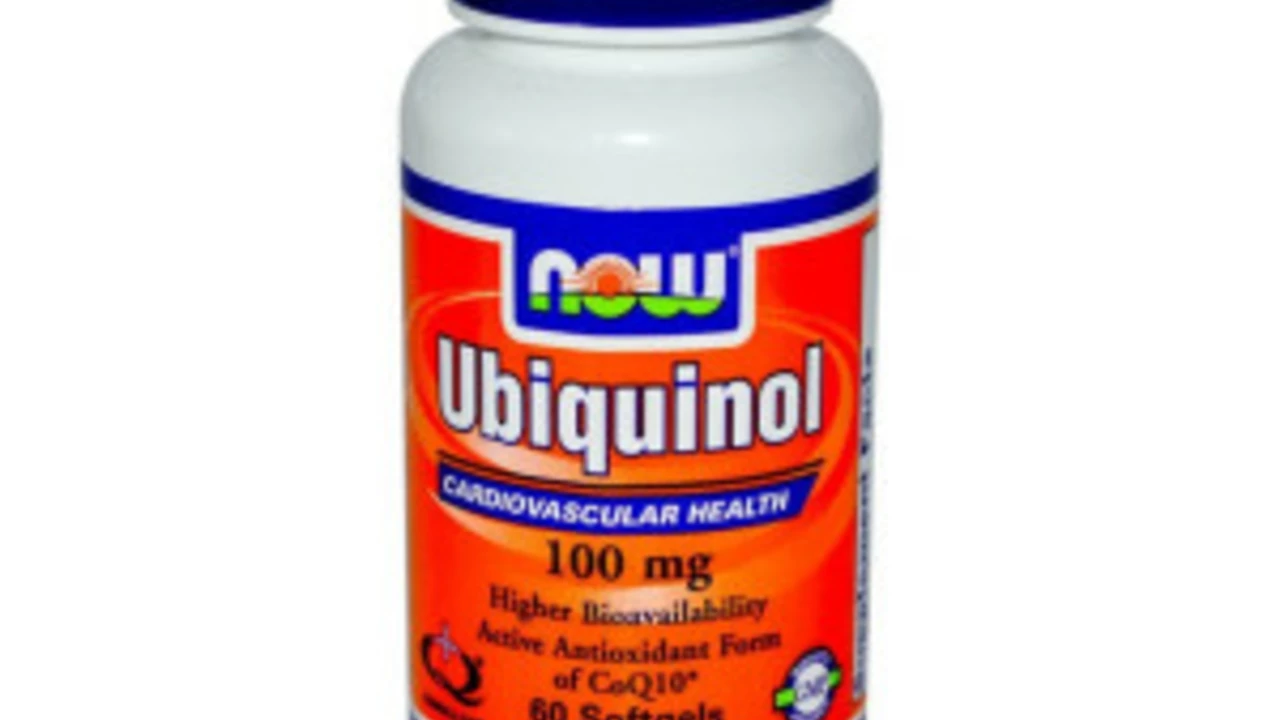Anhydrous crystalline maltose: what it is and why it matters
Anhydrous crystalline maltose is a simple sugar made of two glucose units that’s often used outside the kitchen — in pharmaceuticals, food manufacturing, and lab work. If you work with formulations, need a sweetening excipient, or are shopping for a reliable ingredient, knowing the basics saves time and avoids headaches.
Practical properties and common uses
In its anhydrous crystalline form, maltose is relatively stable, easy to store, and dissolves well in water. Manufacturers use it as a tablet binder, filler, or carrier for powders and granules. Food makers use it for controlled sweetness and texture. In labs, it can act as an osmolyte or stabilizer for some biological samples. It’s less sweet than table sugar, which can be useful when you want a milder taste without changing bulk or texture.
Because it’s a disaccharide made from glucose, maltose is metabolized into glucose in the body. That means it affects blood sugar, so anyone managing diabetes should treat it like other sugars and check with a clinician before regular use.
Storage, handling, and safety tips
Store anhydrous crystalline maltose in a cool, dry place in a sealed container. Keep it away from humid air — moisture can change texture and cause caking. For handling, basic lab PPE (gloves, mask if dusty) is enough for routine use. Check the supplier’s MSDS for specific hazard and disposal info.
It’s low-toxicity for normal use, but remember it’s a sugar: excessive intake can raise blood glucose and contribute to dental issues. In manufacturing, insist on pharma-grade material and a certificate of analysis (CoA) so you know purity, water content, and residual contaminants.
When choosing a supplier, look for clear specs (water content, particle size), batch traceability, and third-party testing. If you need it for medical or food use, pick vendors who provide food- or pharmaceutical-grade certification and can meet regulatory audits.
Want to buy online? Compare sellers by reading product pages and CoAs, checking delivery options, and confirming return policies. For high-volume or regulated uses, ask for a sample and run your own QC checks before placing a large order.
On 247-healthstore.com we cover pharmacy-grade ingredients and practical buying tips across our articles. If you’re sourcing excipients or trying to figure out which sugar fits your process, use our guides and reviews to compare suppliers and safety practices without the jargon.
If you have a specific use or a question about compatibility with an active ingredient, tell me what you’re working on and I’ll help narrow down what grade and specs to ask for.

